|
We have had an excellent past few days here at Nanjing International School as the entire week has been devoted to professional development with the main theme being how to provide more effective feedback and assessment to our students. As a whole staff we met a number of times during the last 5 days to discuss and come up with essential agreements on what makes for good feedback and how this feedback can be improved upon in order to enhance the learning experiences that we have our students engage in. In groups teachers from both elementary and primary were busily working away at defining key elements of feedback that can be improved upon and one of the tasks required each group to come up with a visual representation of what good feedback should look like within a classroom. I took some photos of these visual representations and as you can see from the pictures below some excellent discussion must have gone into the process of creating a visual definition of what good feedback looks like. Our director, Laurie McLellan, had his own presentation this morning in which he discussed with the staff how fortunate international schools are to be able to be in a position to create their own policies and make positive changes within their own professional learning communities. Establishing a solid professional learning community requires a total commitment to collaboration. Laurie also spoke about ‘Best Practice and Next Practice’ within education. As a result of his presentation, I immediately began to reflect on the fact that I have always made a big push on PYP PE with Andy to share my best practice and have encouraged other PE teachers around the world to share their best practice as well. I have always said that we all highly benefit from both a personal and professional standpoint when we share. It’s the concept of ‘Next Practice’ that really got me thinking and reflecting. To me ‘Next Practice’ implies that even our very ‘Best Practice’ needs constant refining, re-shaping, and re-moulding as we move forward within our profession. Although I feel as though I am good at what I do, I need to find further inspiration to continually change and refine my own practice and this can only be achieved through constant reflection, a willingness to learn from my colleagues and from others who visit my website, and to take constant initiative in defining areas of my own teaching that I must improve on. Over the years, I have heard so many times that as PE teachers our job is to keep our students active for as long a possible in a class. I have received countless emails asking how long my assessment takes and how often I assess. I always appreciate these questions, but would strongly argue that we also have a huge responsibility to not only keep our students moving, but to also keep their minds as active as possible. This can only be achieved by creating an environment that focusses heavily on problem-solving, collaboration, communication, and cooperation. In order to make this happen, time needs to be taken to have important discussions, to allow for our students to share their important thoughts with one another, to give ample opportunity for reflective writing, and to give them multiple ways of showing their understanding of the big concepts in the units that we teach. How can you convert your best practice into your next practice in PE? I would love to hear your thoughts on this....
1 Comment
Today I would like to stress, once again, the importance of sharing good teaching practice within our profession. There is nothing more valuable than connecting with other good practitioners and sharing not only our common vision of what PE should look and feel like in the 21st century, but to also share excellent teaching ideas, strategies for assessment, and useful resources. I am lucky to have connected with other like-minded teachers within our profession over the past couple of years, teachers that are making a difference and pushing physical education to deeper levels of conceptual learning. I had an excellent Skype call today with Nathan Horne from International School Singapore (click http://www.iphys-ed.com/ to see Nathan's website) that saw us bounce ideas off one another, share our units and our vision of how a quality PE program should run. As well, I have collaborated many times in the past with Joey Feith who is based in Montreal, Canada and is the founder of http://www.thephysicaleducator.com/. Joey shares a number of quality resources and excellent teaching and assessment ideas that are immediately applicable in PE classes. It is through networking like this that I have become better at what I do and it is with hope that my website helps other teachers to come up with new teaching, assessment, and behavior management ideas that they can put into practice within their programs. For the last year, I have had different PE teachers from around the world guest blog on PYP PE with Andy and to share successful strategies, resources, and teaching ideas that they have used in their lessons. Today, I am happy to post a new guest blog written by Remke Langendonck who teaches at Berlin Brandenburg International School in Germany. Remke and her husband, Joost, have documented their work on their own website that can be found at http://www.peteam.weebly.com. Please check out their website to find out more about how they teach and assess. A bit about Remke: Remke was born in the Netherlands and trained as a whole school physical education teacher with a specialism in sports management. She is a mother of two awesome and lively little girls and is highly interested in anything that has to do with Physical Education and ICT. She has taught across all ages and has held positions such as head of elementary PE at the Grange in Chile, head of junior school PE and junior school activities coordinator at UWC. She is currently teaching part-time and working on her masters degree. Remke's Guest Blog After trying out a couple of ideas from Andy, it is time to give something in return. I am a strong believer in sharing practise; it is just a great way to help each other become better educators whilst saving time reinventing the wheel! I am a proud advocate of lifelong learning and find it important to educate our students not only about sports, but to use Physical Education as a tool to learn the attitudes and skills that will help us throughout life. The trick is to keep a high level of energy going whilst getting the important ideas and messages across to our students. One of my favourite moments of the year is our “Healthy Decision Unit” with our Grade 4 students. Although the theory part is covered for a large part in the homeroom, PE leaves a big impression by making it all visual, having an enormous impact on the students’ thinking. All worksheets, set ups and organisation of this unit can be downloaded freely from http://www.peteam.weebly.com (resources – pyp grade 4). Here is a description of events to give you an idea of what happened during our healthy decisions lessons. Towards the end of the unit, the Grade 4 students received a box with “left-over-snacks” from a non-existing sporting event. This box contained apples, juice, chocolate bars, etc. Students could choose freely from this box during their snack time without any explanation for their choices needed. Their snack time happens to be right before their Physical Education lesson. When the students came to PE, they reflected on the food choices they had made and we talked about the amount of calories involved. With the assistance of a worksheet, the students then calculated the amount of calories they had consumed. This was followed by a discussion about how long we need to exercise in order to burn these calories off. With the whole grade level we went for a run in the gym or out on the field where we tried to go for as long as possible (the students were so engaged with the topic that a 15-minute run was roughly what was manageable for them). After the run we discussed the amount of calories they had burned and how much longer they would still have to run in order to break even. Students then had a realisation how hard they have to work in order to burn off just a few of their consumed calories. The lesson was finished off with a discussion and some shocking pictures about the amount of calories some food items actually have (fries, coke, big mac etc.). Because of the success of this first lesson, we added for the first time a second lesson to it. During this lesson we played three games with our students all based around health awareness. We have three classes per grade who come out at the same time, allowing us to rotate a class per teacher. The first game was a sugar cube run. It was a bit like a relay run where there are 3 students on a team. On one side of the gym we had various items (snacks and drinks) and the students had to run with one sugar cube in their hand and place it in front of an item. The students kept on running until they had reached the amount of sugar cubes, they thought, belonged to each item. When each group had completed their run, a discussion and reflection followed on how many sugar cubes there were in the food and drink item and what the consequences are for their body. I always love the moment when they hear that there are 27 sugar cubes in 1 litre of coke! A similar game was played where the students were challenged to increase their awareness about calories in a product. Teams race up and down to the food items and placed pre-made cards with the amount calories in front of the items. Once all the cards are placed the group can ask for a clue from the teacher to help them in creating the right matches. However during this second part, the students had to run with a weight vest, with an additional 10 kg stored in it (depending on the size of the student), until they have matched all the cards correctly. At the end of the game there was a reflection on the amount of calories, exercise and a positive or negative energy balance and the consequences for their bodies. The last game was merely a fun tag game changed into “healthy tag”. It was played with a green and yellow ball, as well as two taggers. If a student gets hit by a green ball (representing healthy food) they had to perform 10 jumping jacks before returning into the game, however if you get hit by a yellow ball (representing unhealthy, greasy food) they had to crawl through a tunnel filled will balls, like a clogged up artery. The reflection at the end of the game is about the difference between nutritious and non-nutritious food and the relationship to your health.
This all can easily be spread out over multiple lessons depending on your situation; the fact is that the kids love it because it is so close to reality. We have even given a follow up session for parents to create awareness about nutrition and calories. Without all the running but with the same shocking details! I enjoy keeping up with my blog and sharing how I teach and assess on a regular basis. As well, any resources that I create, I like to post on my blog and to share with any teachers that request them. Last year I created a set of 12 PYP Attitude posters that relate specifically to PE and I have had many emails from teachers around the world requesting these posters which I have always been more than willing to share.
For the first time, I have had a teacher contact me to tell me that they took my PYP Attitude posters and modified them to suit their own learning environment. This person basically kept the text on the posters, but re-designed them in a much different way. I would like to tell you a bit about this person and, with their permission, to share the excellent posters that they created. Steven Li is from China and has worked at Changchun American International School since 2008. As CAIS is a smaller school, Steven teaches PE in both the PYP and MYP. I would like to thank Steven for sharing the PYP Attitude posters that he created based on my original set. His set of attitude posters are colorful and visually stimulating, perfect to post on the wall of your gym and to use to help initiate conversation and discussion in your PE classes. He has happily agreed to share these posters with anyone who would like a set. Please email me and let me know and I can send them out to you. If I do send them out to you, perhaps an email to say thanks to him would be great ([email protected]). Great job Steven and thanks for your contribution to PYP PE with Andy!! When getting my students to warm up for movement composition classes, I do a fun activity that has them work on different types of locomotor movement while listening to music. They need to change up the type of movement on my command and be ready to change direction while staying in control of themselves as they move around the mats set up on the floor. I have uploaded a short video that shows the different types of movement. The warm up only takes about 3 minutes (depending on the music) and the students seem to like it. Try it out.
When I first began teaching movement composition in PE, I felt that the entire unit needed to be structured around dance, however my views and my practice have changed over the years. Movement composition is indeed an excellent unit and an important one to cover in physical education, but giving students as many different ways as possible to engage in learning in this unit is the key. This means that part of the time, of course, movement composition will revolve around dance, but what I also do is to infuse elements from gymnastics, cirque du soleil, stomp, and yoga within the unit. This allows the students a multitude of ways to explore movement composition and all that this unit has to offer. 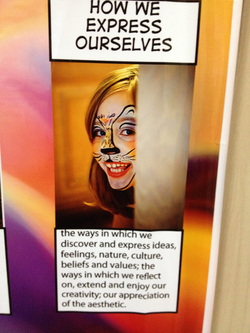 By letting students explore various themes and movement styles under the broader transdisciplinary theme “How we express ourselves.”, we are encouraging not only deep inquiry, but also making it possible for the students to tap into areas of movement composition that they really enjoy or want to develop. In this blog post, I am fully documenting two 80-minute lessons that I did with my grade 4 class over the past couple of weeks. I will detail, step-by-step, what it was we did, with examples of video, as well as describe the formative assessment that went along with these activities. I will include examples student assessment below as well. Even though this learning experience was broken down into two 80-minute lessons for me, if you are interested in trying it out, depending on your own schedule, it may end up being three 60-minute lessons or four 40-minute lessons. To Start Off (Part A) Have the following questions posted on the whiteboard or on chart paper and use the questions to stimulate discussion about movement composition. If possible record your students’ answers. Describe the difference between an OK and a very good movement composition routine? Why is it important to match movements used in a routine to the piece of music it is being performed to? This part of the lesson should take no more than 5 minutes and the You Tube video seen below is what I had my students watch. It is a funny, entertaining clip of 2 Cirque Du Soleil performers doing a juggling scarves routine. One is juggling and the other one is using drums to create a distinct beat for their routine. After watching the video the students answered the following questions. What created the music in this routine? How did the movements of the juggler match the beat of the drums? Give specific examples? What are some juggling scarves movements/tricks that the juggler created as part of his routine? Tuning In (Part B) Giving the students only one scarf each and putting them into their own area, they had to explore different types of tricks and movements that they could do with their one scarf (NO MUSIC played at this point). The following questions are asked at this point. What movements/tricks are easy for you? What movements/tricks are more difficult to do? Video and Audio at this point (Part C) Giving the students 2 scarves now, I have them watch the video of the juggler and obviously hear the beat of the drums. They are to copy, as closely as possible, the movements of the juggler in the Cirque video. They love this part!!! I give them a few goes at copying the juggler.
|
AuthorKAUST Faculty, Pedagogical Coach. Presenter & Workshop Leader.IB Educator. #RunYourLife podcast host. Archives
September 2022
|
- Welcome
- All Things Teaching and Learning
- The Aligned Leader Blog
- Consulting and Coaching Opportunities
- My TED X Talk
- My Leadership Blog
- Run Your Life Podcast Series
- How PYP PE with Andy Has Helped Others
- Good Teaching is L.I.F.E
- The Sportfolio
- Example Assessment Tasks
- PYP Attitude Posters (printable)
- Publications



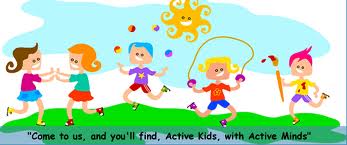

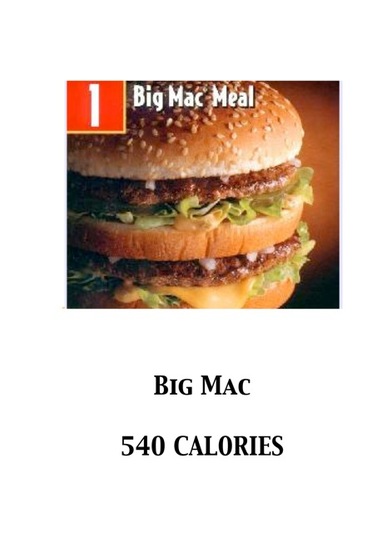
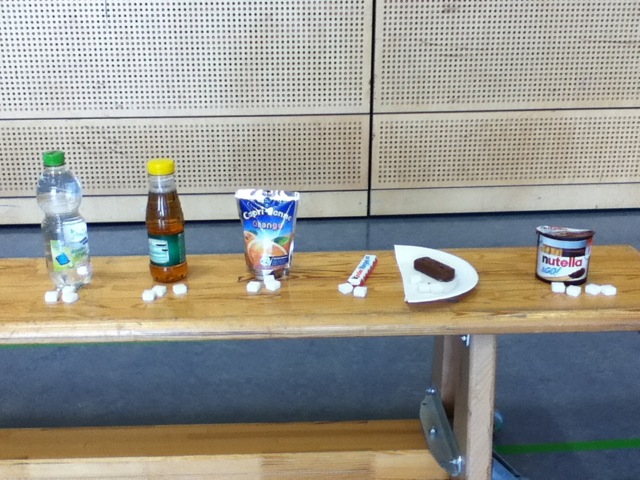
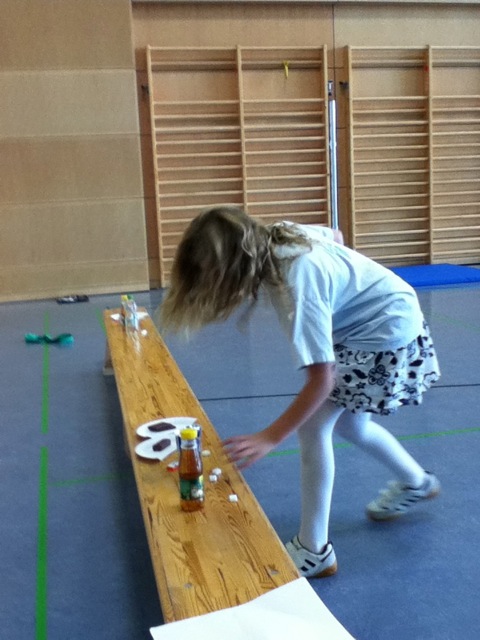
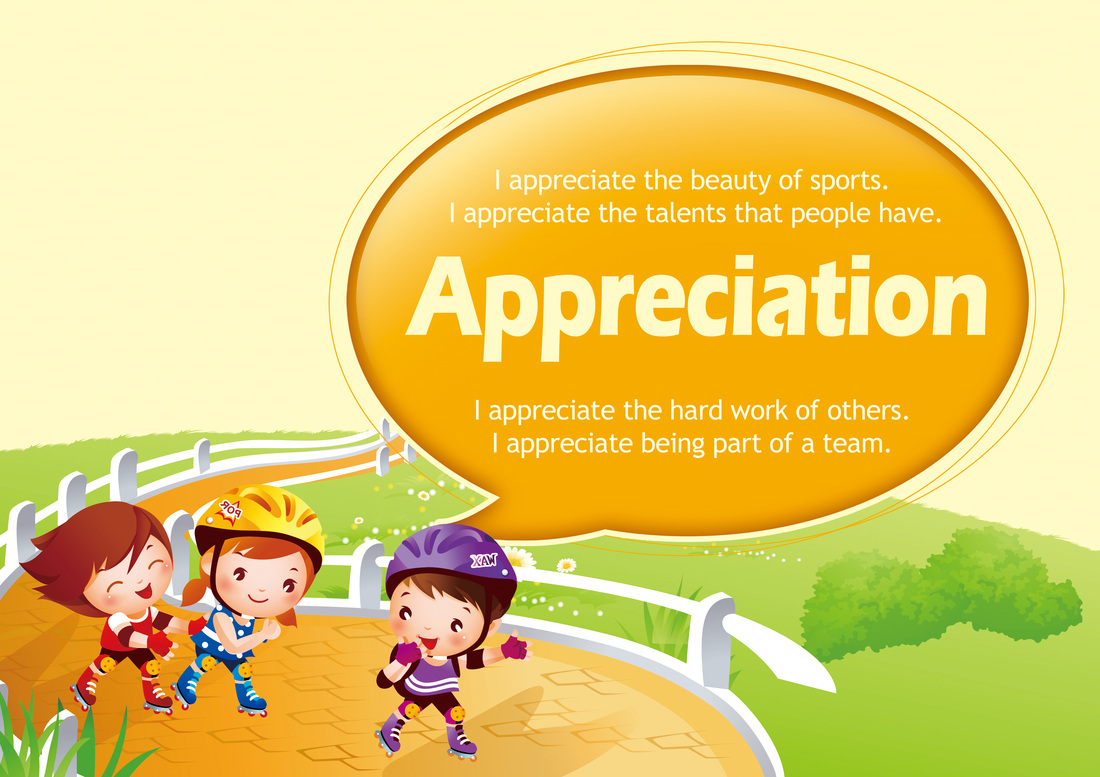
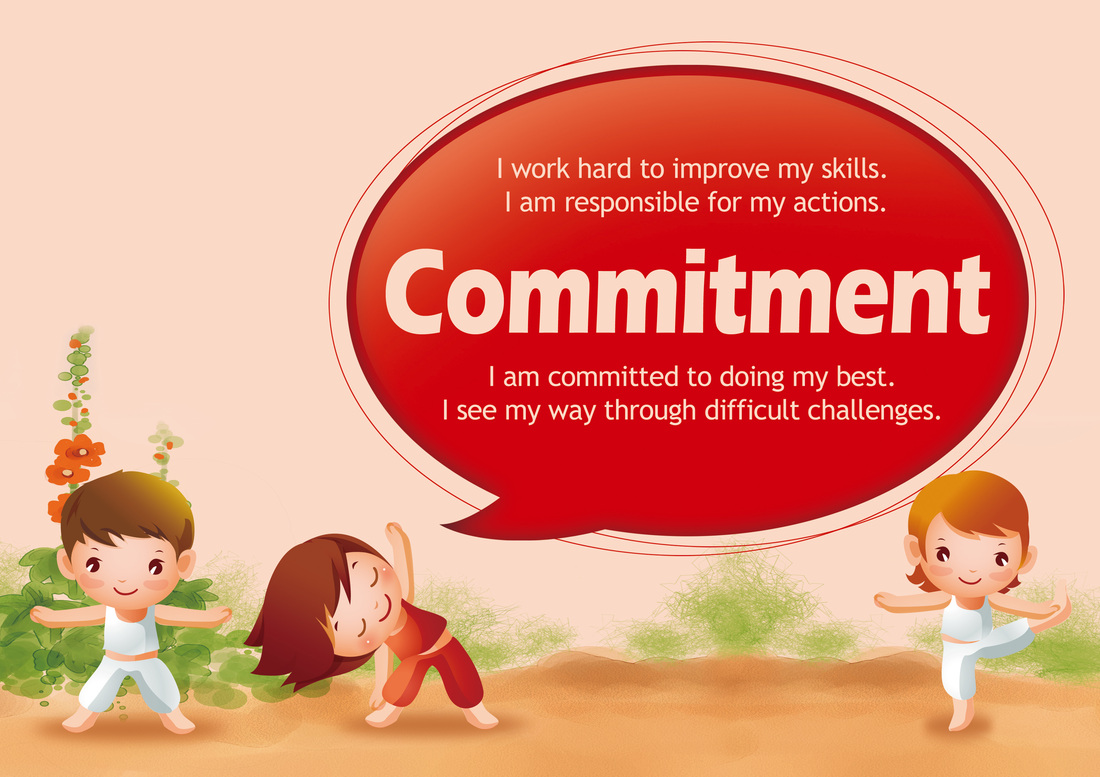
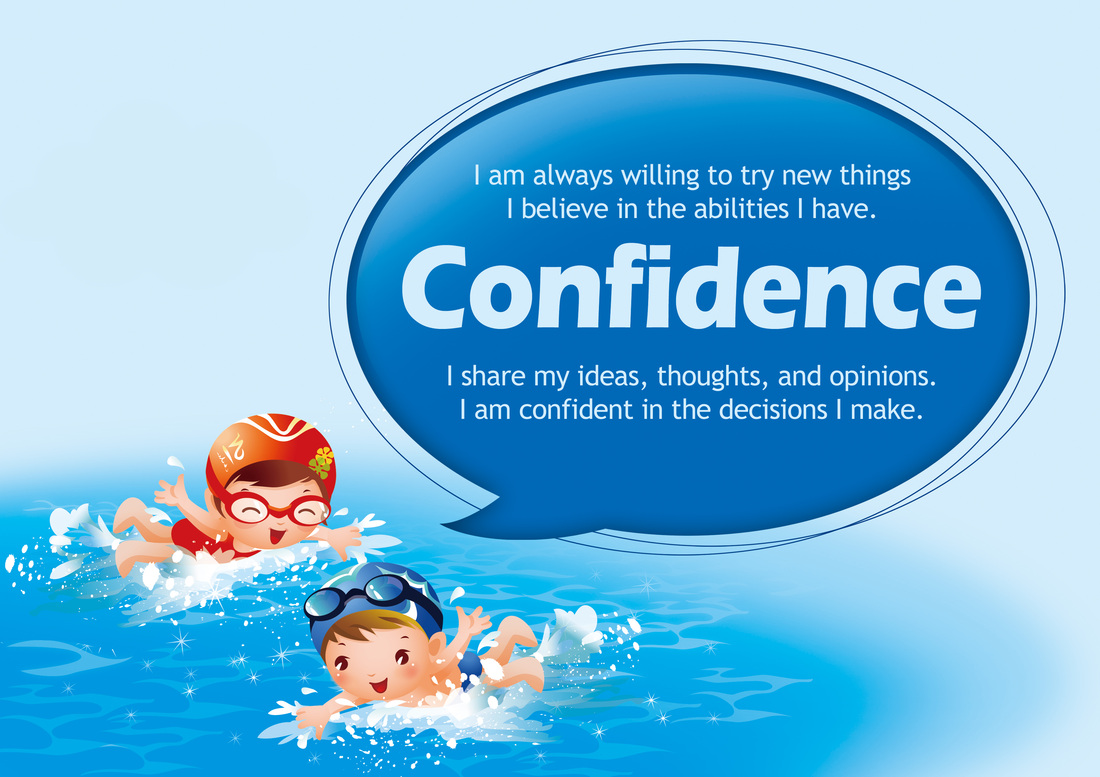
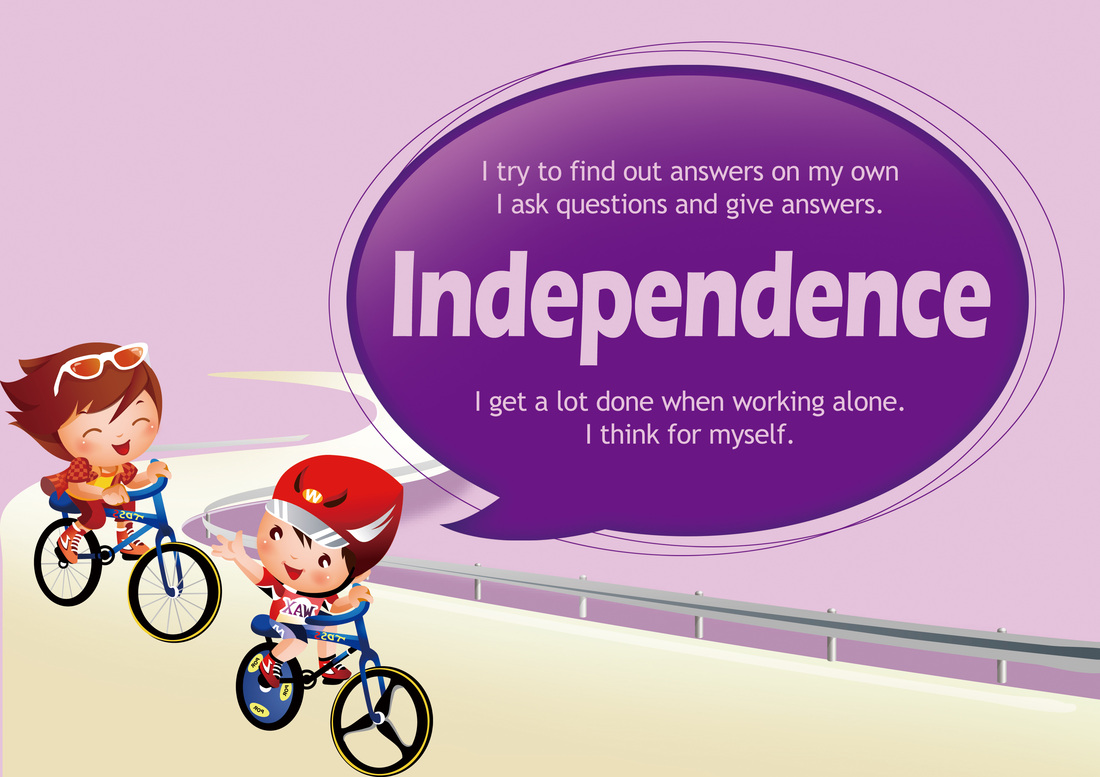


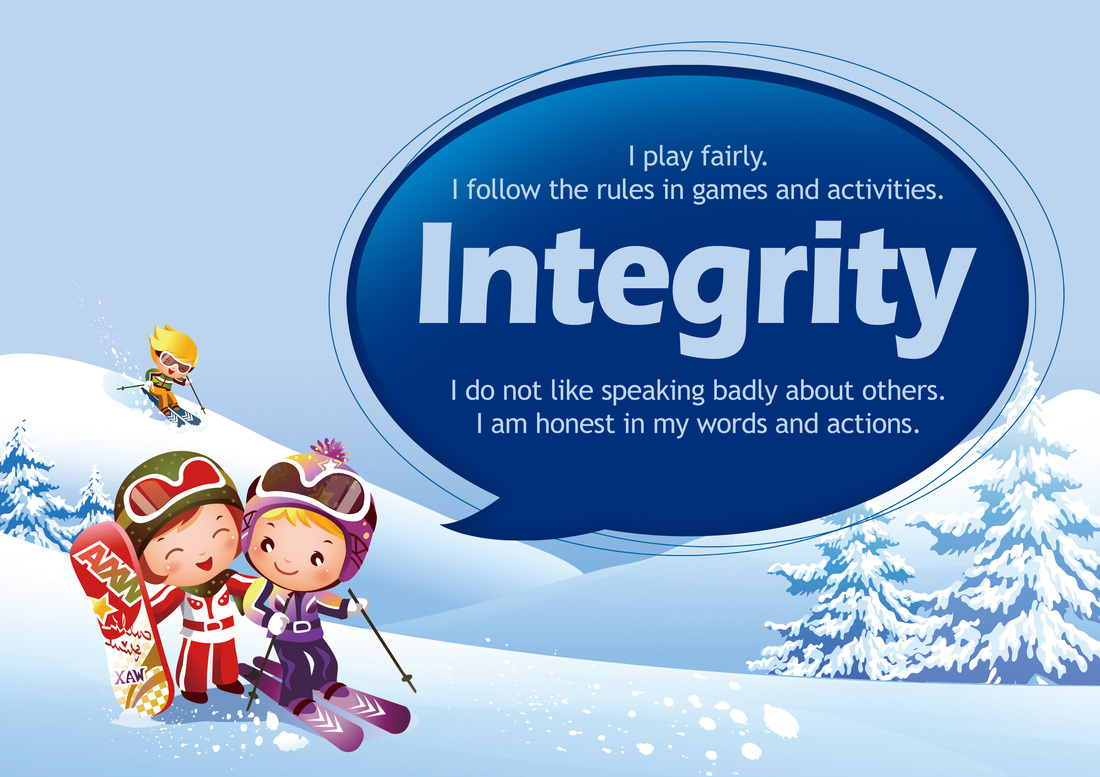
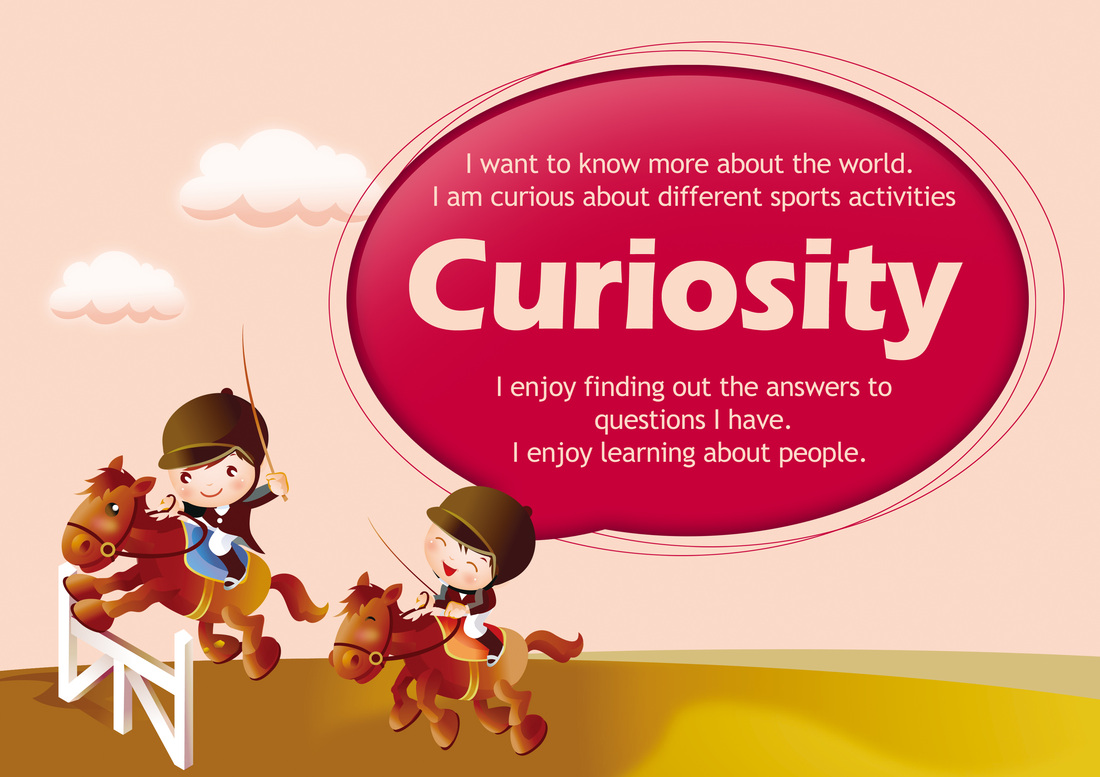
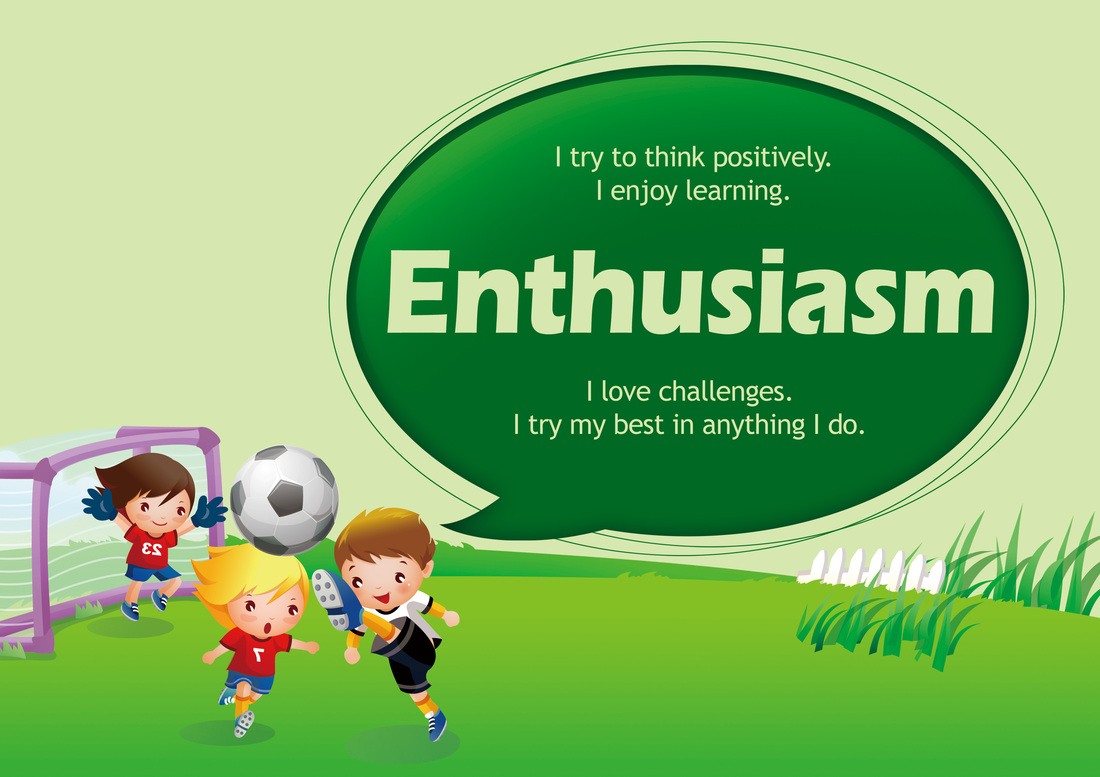
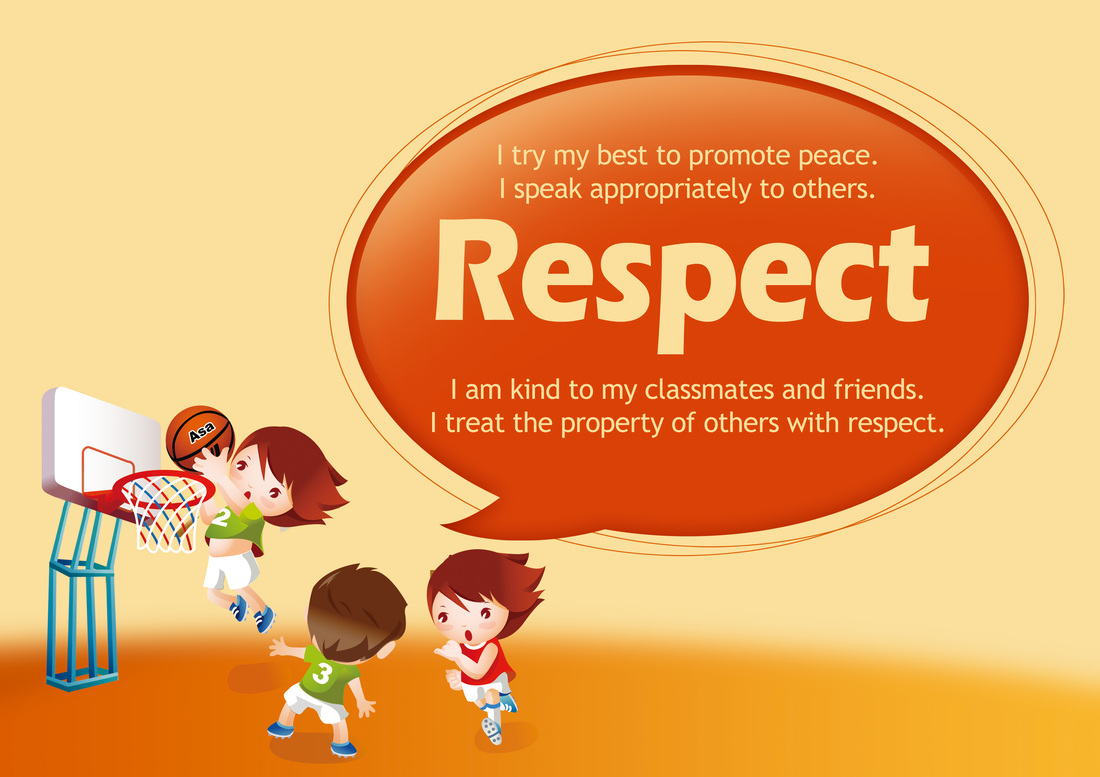
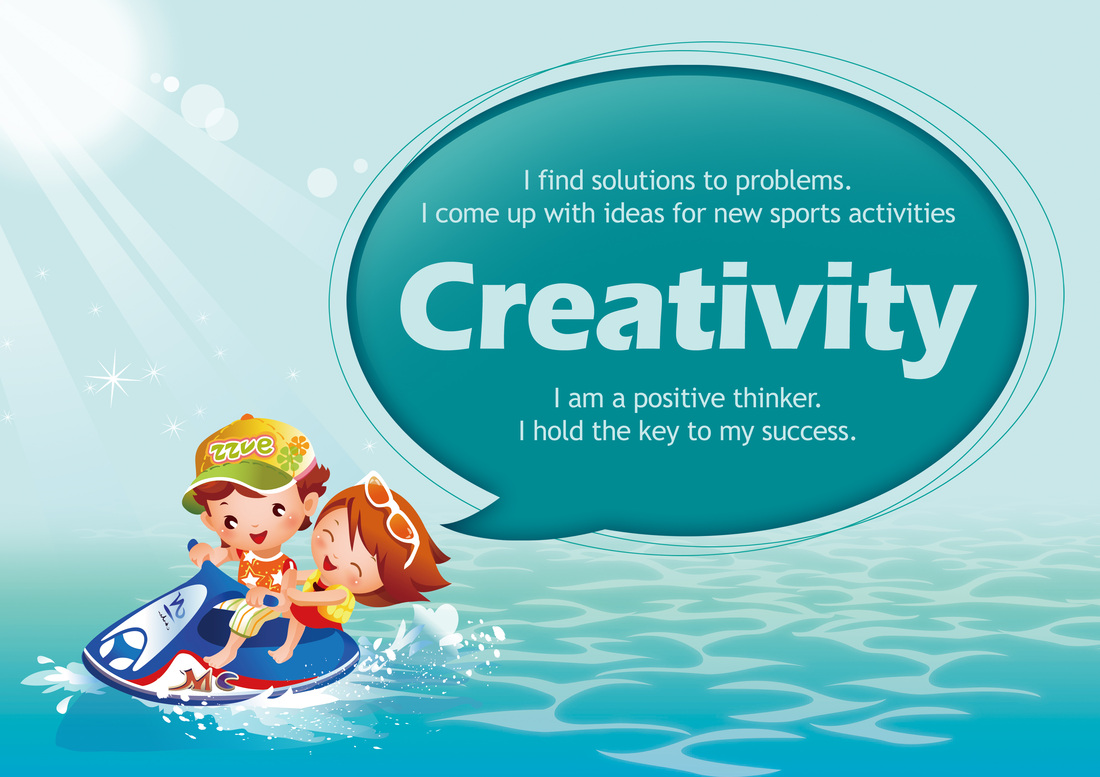
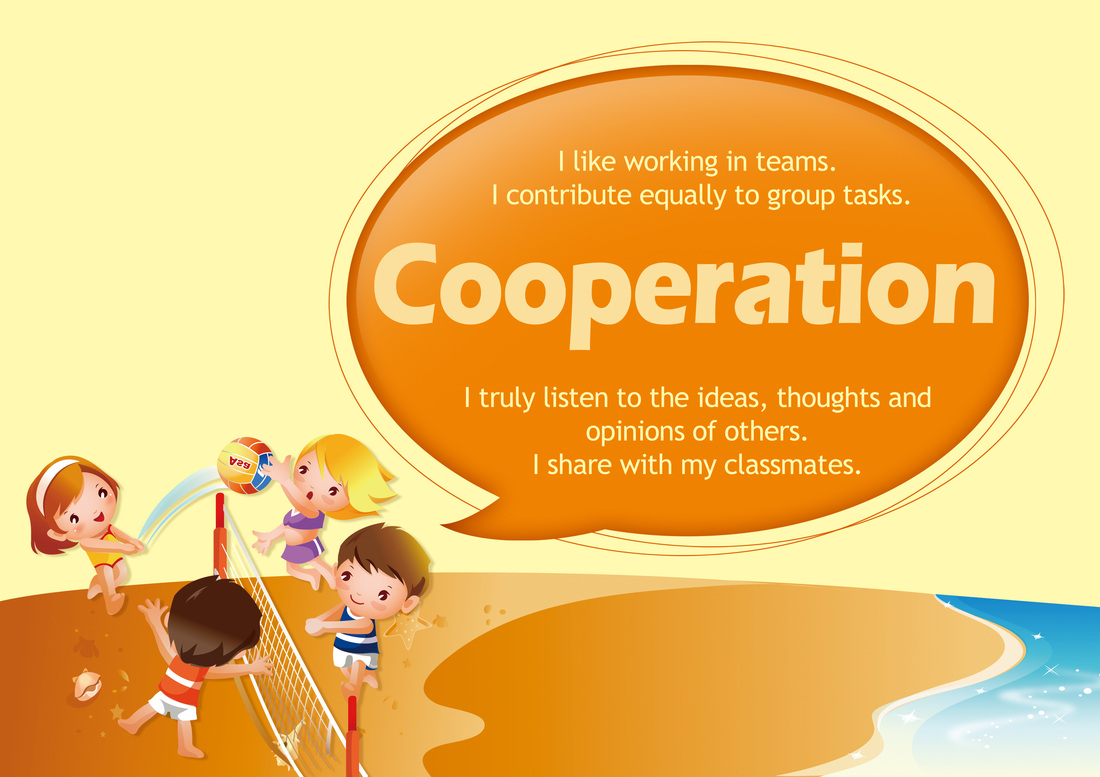
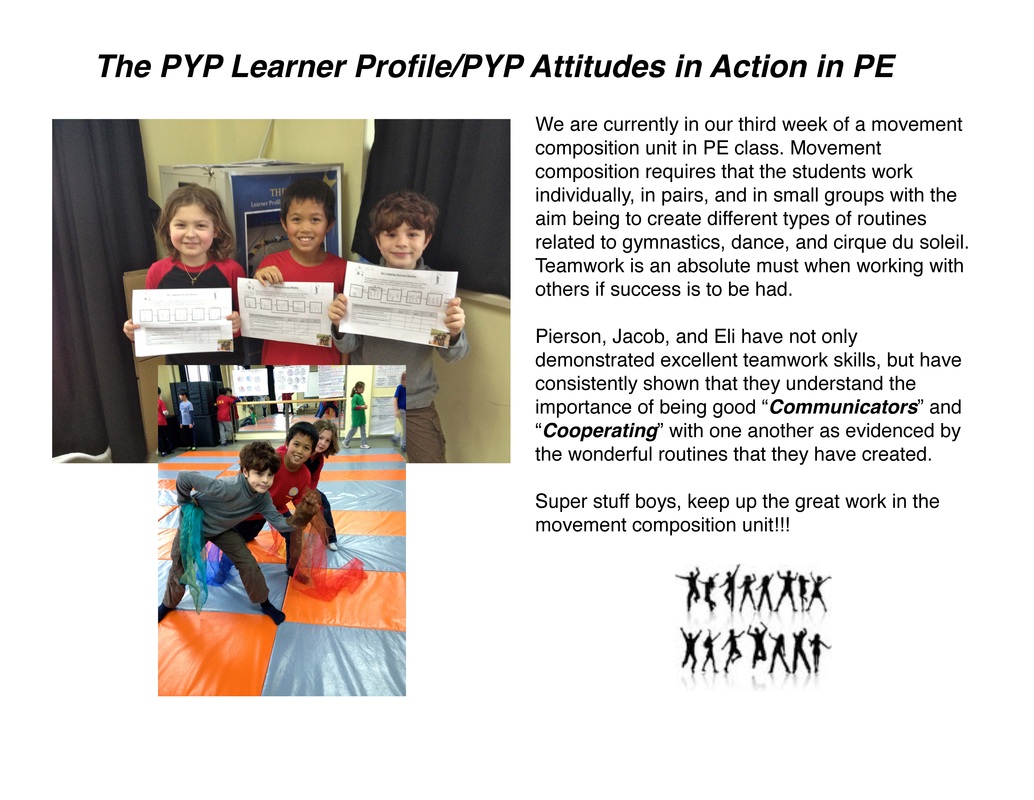
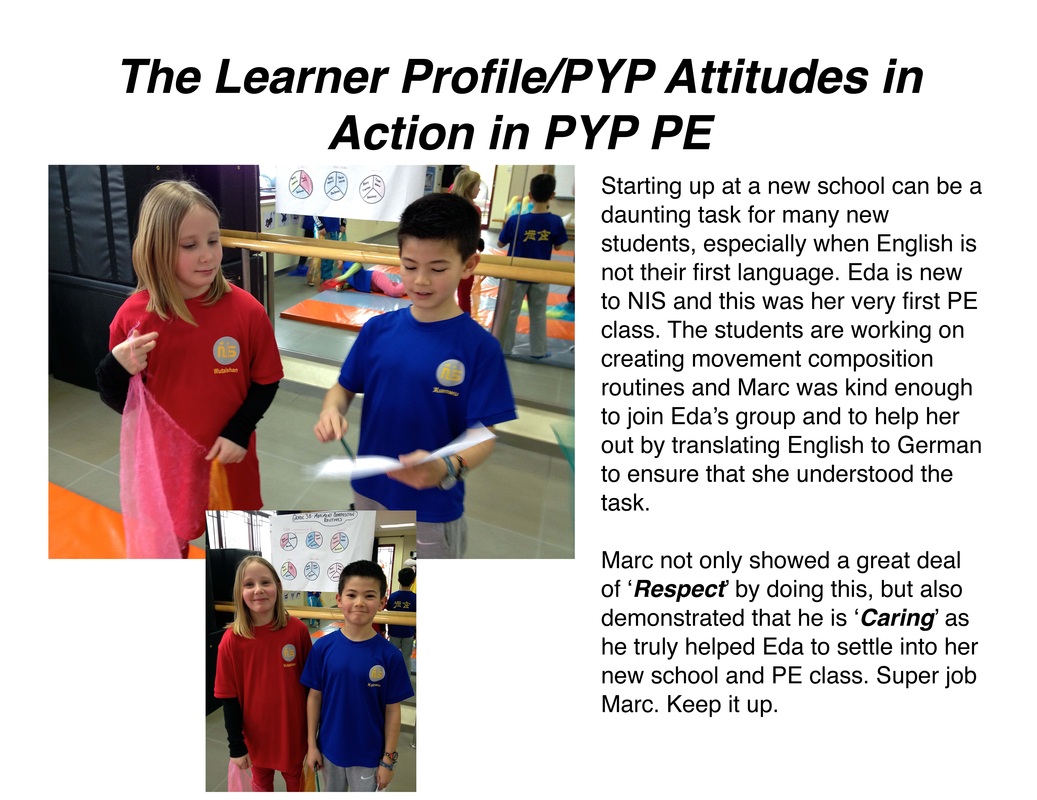
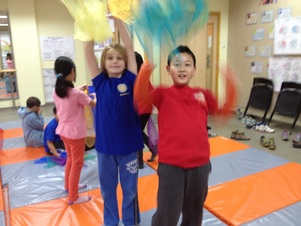
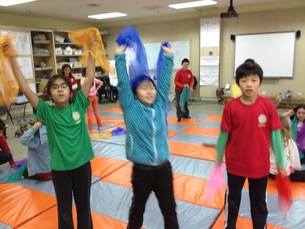
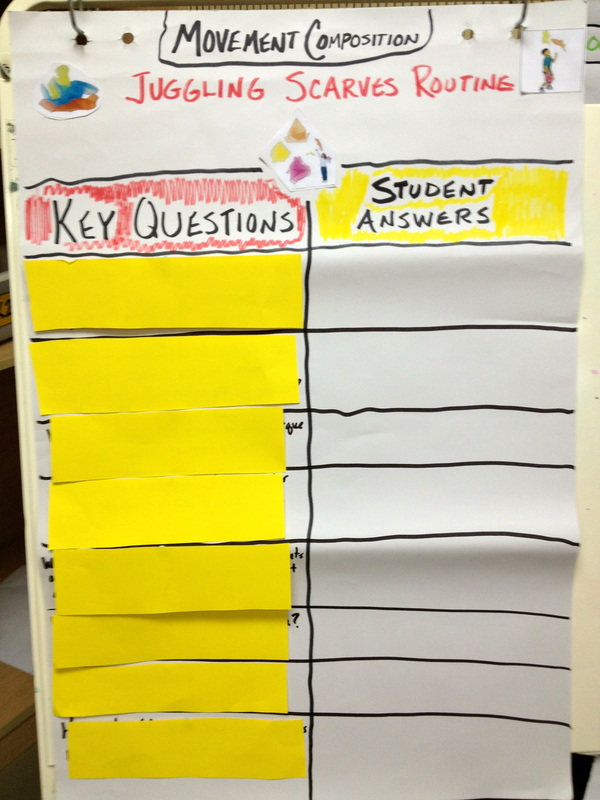
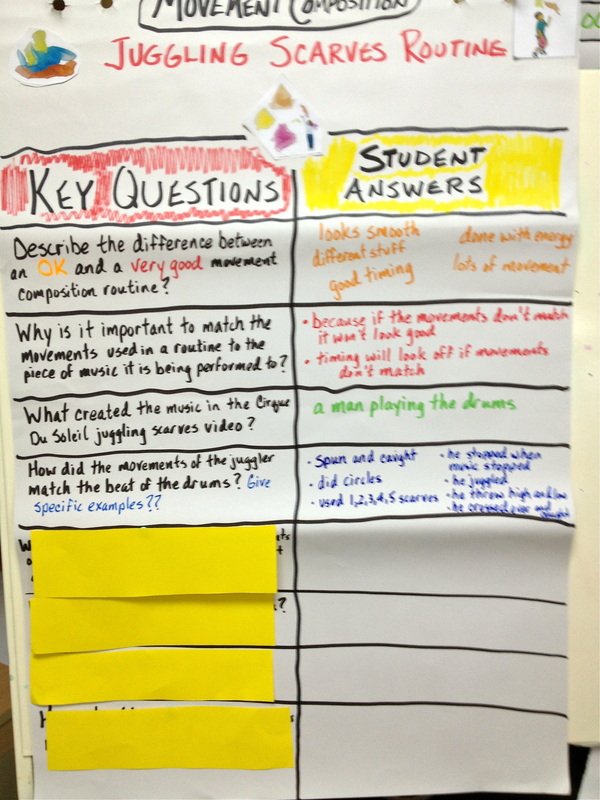

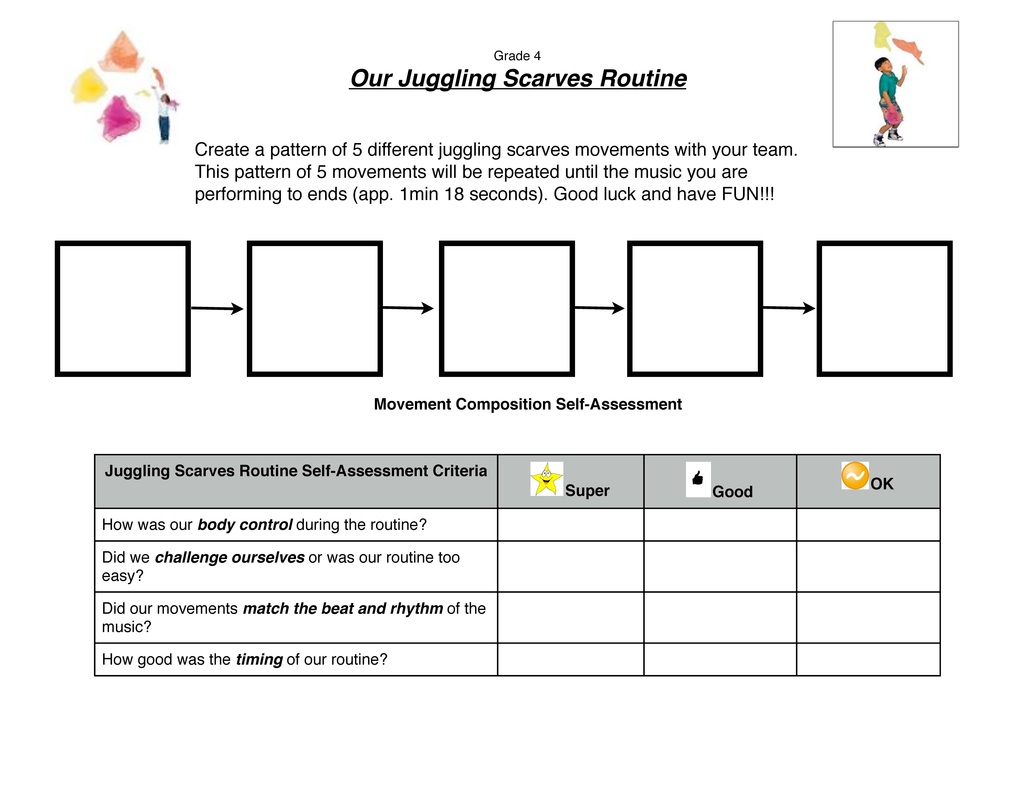
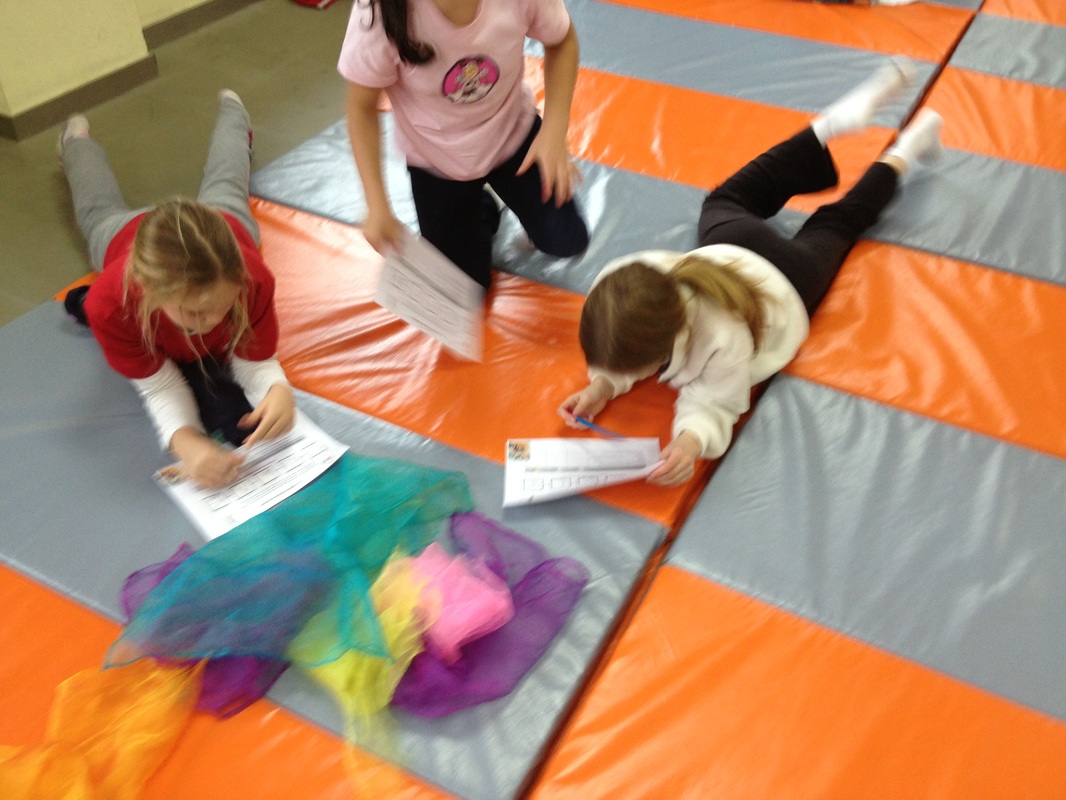
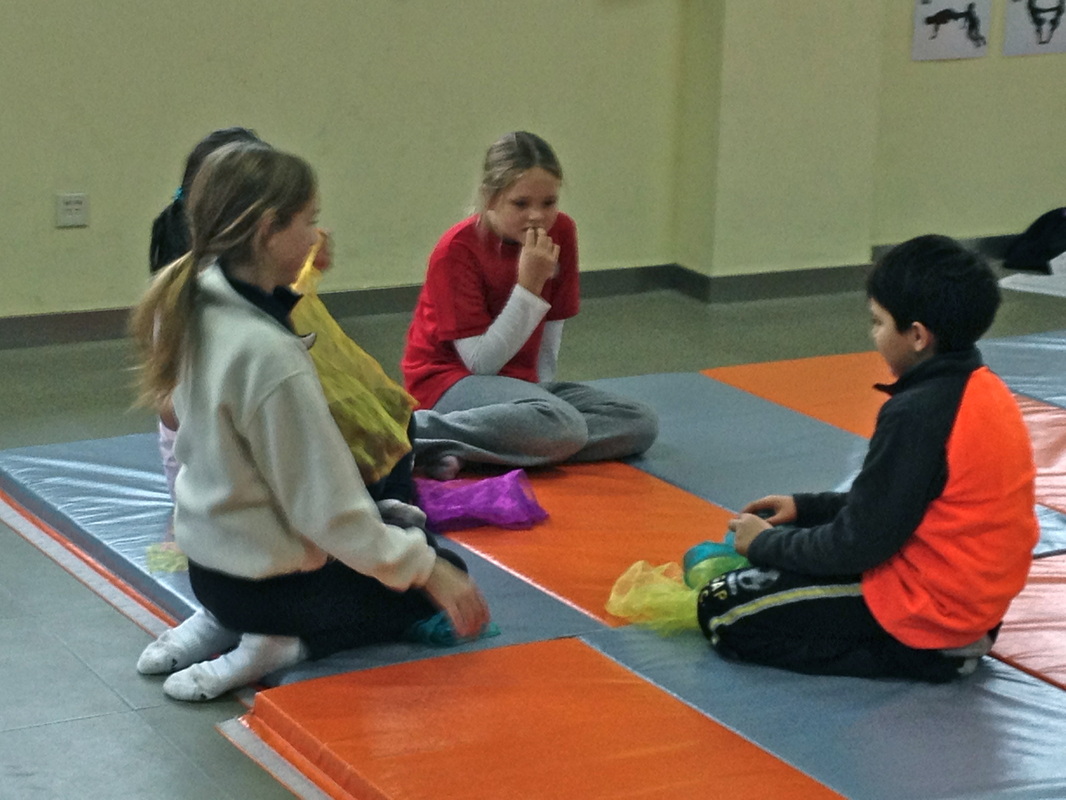
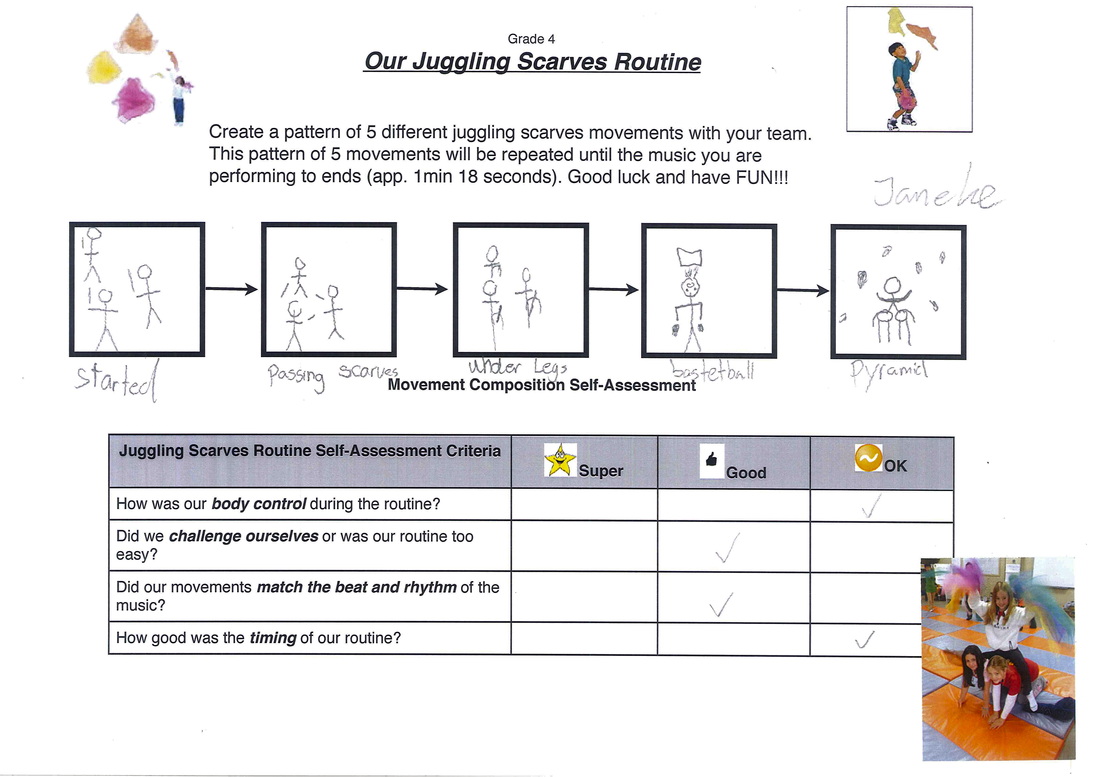
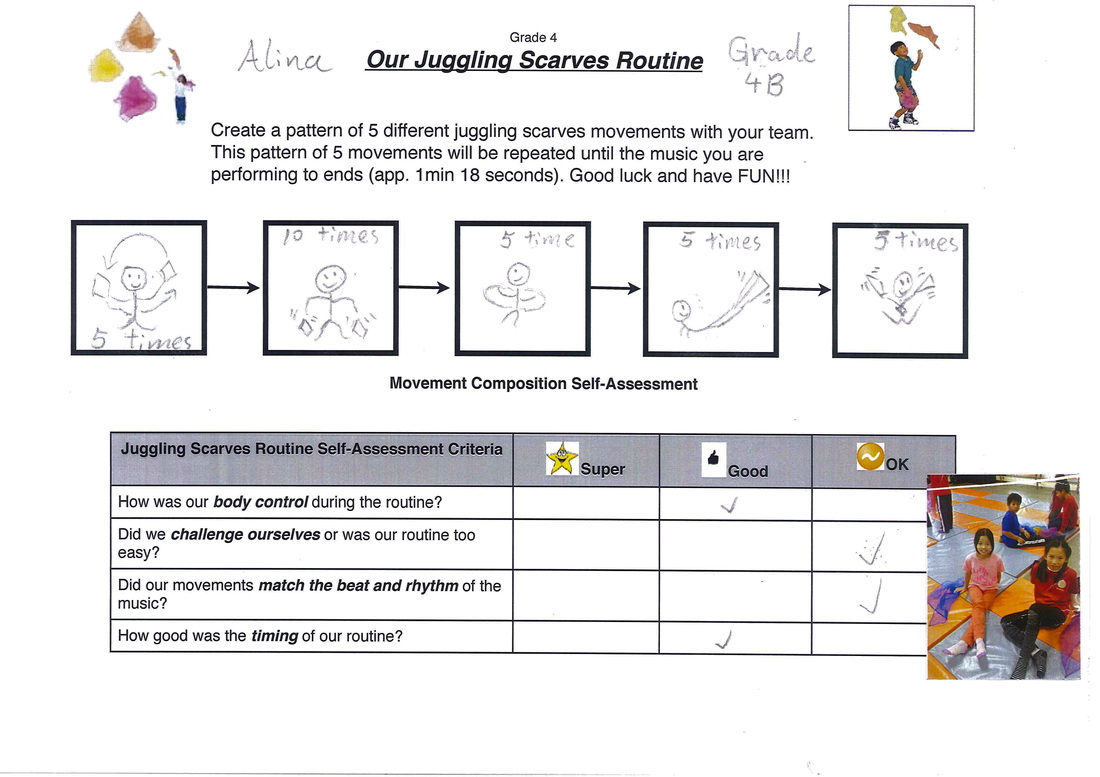
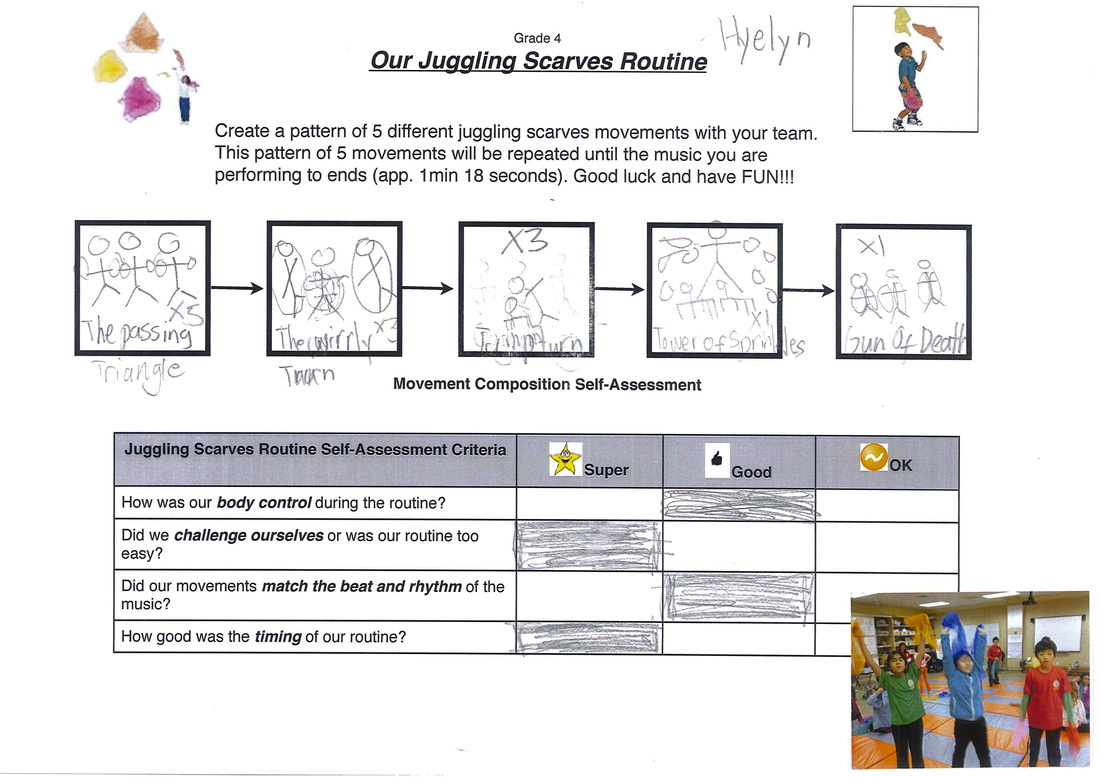
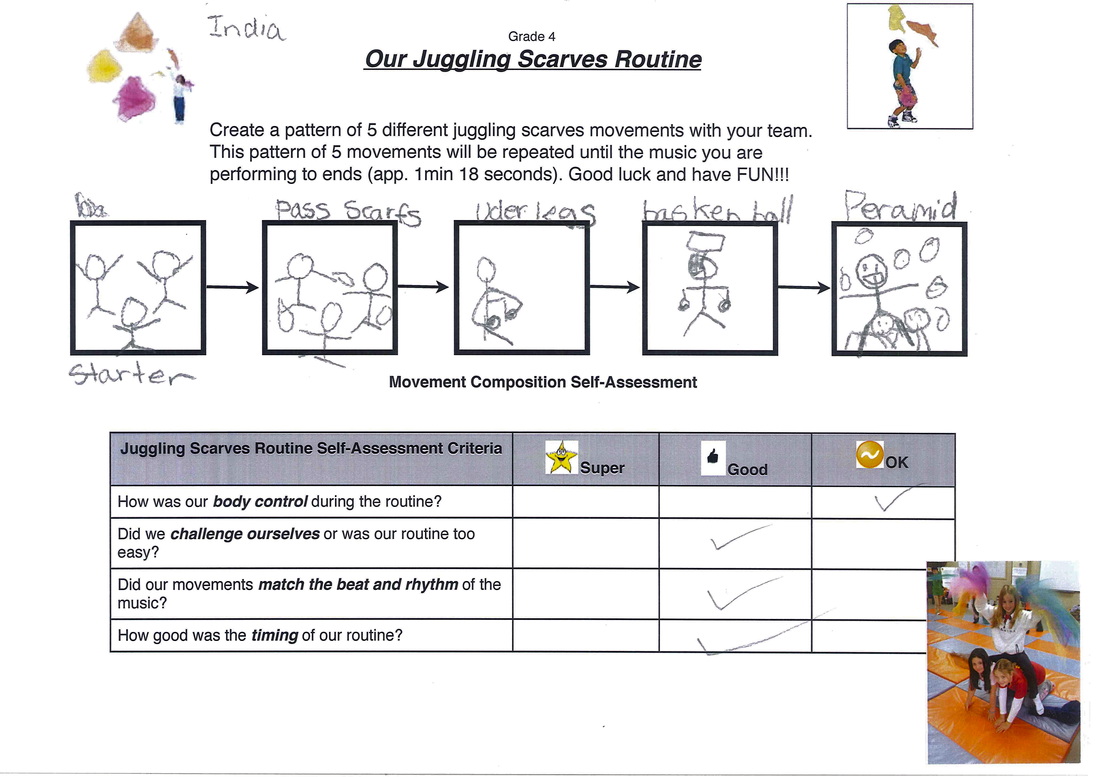
 RSS Feed
RSS Feed
